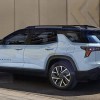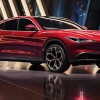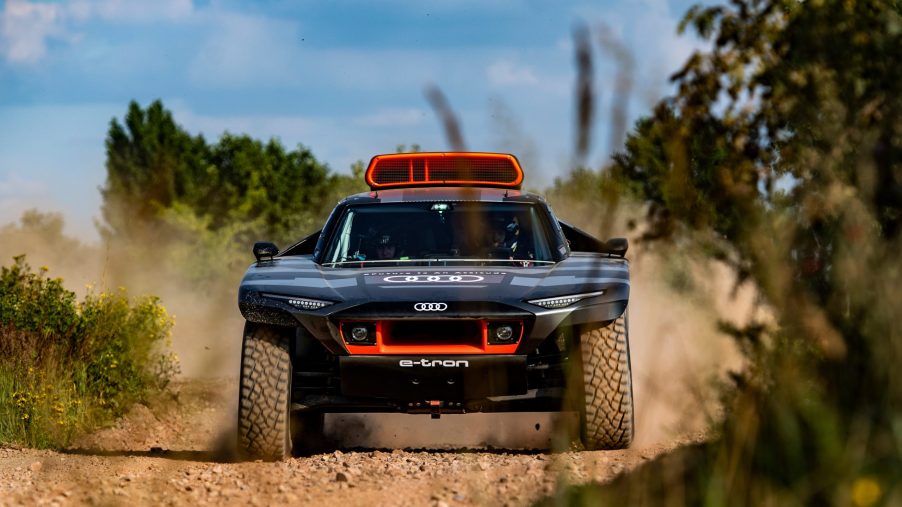
Audi Testing for Dakar Rally With RS Q e-tron Electric Hybrid
Audi is no stranger to off-road racing, having revolutionized the World Rally Championship (WRC) with its quattro all-wheel drive design back in the 1980s. Now the firm’s competition arm, Audi Sport, is preparing to tackle the grueling 4970-mile Dakar Rally with a new electrified contender, the RS Q e-tron.
What will it take for Audi Sport to compete in the Dakar?
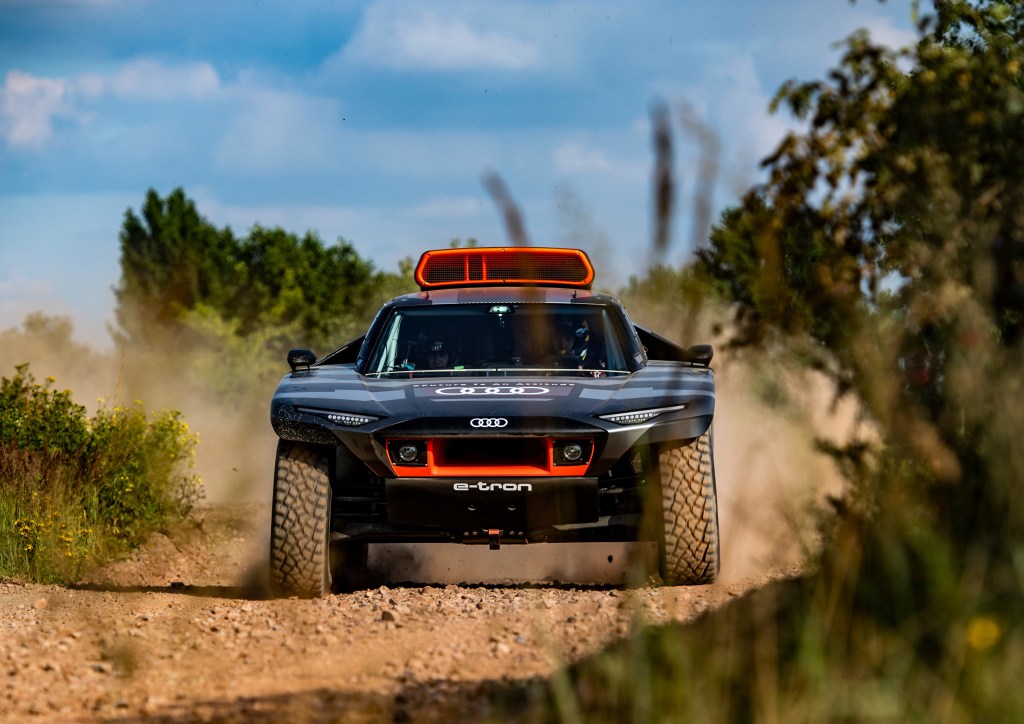
Since its inception in 1979, the Dakar Rally has pitted determined humans and rugged machines against some of the most unforgiving environments in motorsport. Originally run from Paris to Dakar in the north African country of Senegal, the event locations have varied over the years. One thing that has not changed, however, is the extreme level of durability needed throughout the entire vehicle for a team to even finish the race.
“Reliability is the first priority,” said Stefan Dreyer, Head of Development at Audi Sport. “There is actually no single component that particularly gives me a headache. It’s more the fact that we are developing such a complex project under pandemic conditions in just twelve months. Our dream is to become the first manufacturer to win the Dakar Rally with an alternative powertrain.”
RS Q e-tron borrows tech from Formula E and DTM race cars
One advantage of competing in multiple forms of racing is the cross-pollination of technology. For their entry in the 2022 Dakar event, Audi Sport chose electric power components derived from its Formula E racers, with a centrally-located high voltage battery and an electric drive motor providing motivation for each wheel of the RS Q e-tron.
To keep the battery charged on lengthy stages in between the service stops, Audi Sport engineers developed an energy converter setup using a four-cylinder turbocharged engine. Though derived from a previous RS5 race unit that competed in the DTM series, in this case, the internal combustion engine (ICE) is not used for direct propulsion of the vehicle.
“The DTM engine is a perfect fit,” says Dreyer. “But, it obviously operates under different conditions at the Dakar Rally. We reduced the output from 450 to about 200 kW. It operates within the narrow optimized rpm range of between 4,500 and 6,000, instead of 9,000 rpm. The engine has to run as efficiently as possible in the heat, cold and at altitude. We optimized the pistons, injectors and turbocharger for this and spent a lot of time on the test bench.”
Next generation power units for Dakar and beyond
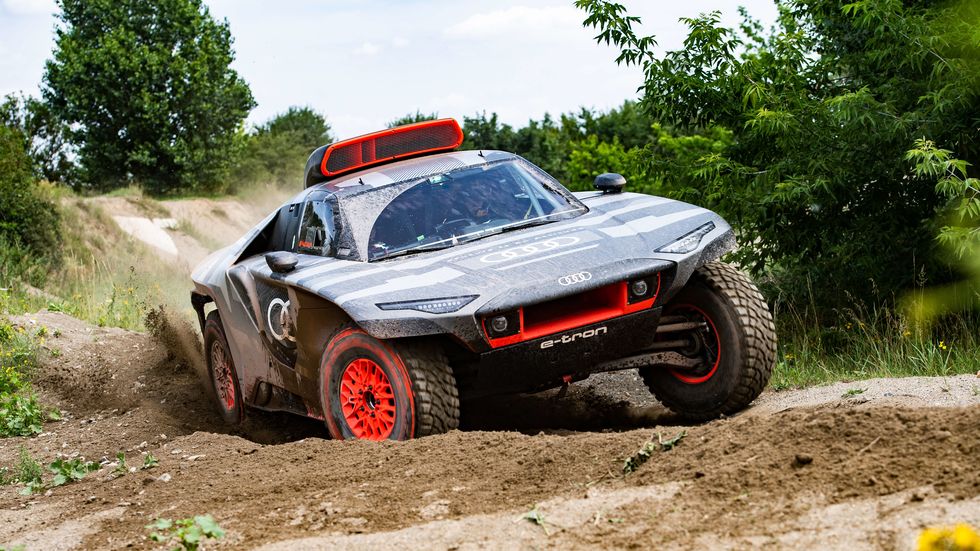
“Even before the Dakar project, we asked ourselves what a future drivetrain system in motorsport could look like,” recalled Dreyer. “We wanted a drivetrain that is efficient and performs well, while at the same time and can also handle long distances. That’s how the energy converter concept came about. It’s great that we can do our part in motorsport to develop sustainable drivetrains that will keep the world moving forward.”
For the 2022 rally raid event, Dakar racers will return to the scorching deserts of Saudi Arabia. According to the official Dakar website, the new route will include southern stages in the vast and barren landscape known as the “Empty Quarter.” Driving quickly across such a remote environment is a brutal test for any vehicle, but the distances involved present a unique challenge for electrified powertrains.
Considering the chassis and energy requirements for the Dakar Rally, and being mindful of the outright speed necessary to win, a hybrid design makes good sense. As motorsport regulations continue to evolve, it’s a good bet we’ll see more powertrains like this in long-distance rally events of the future.
RELATED: The SCG 008 Baja Dakar Buggy Is a Build-Your-Own Boot

